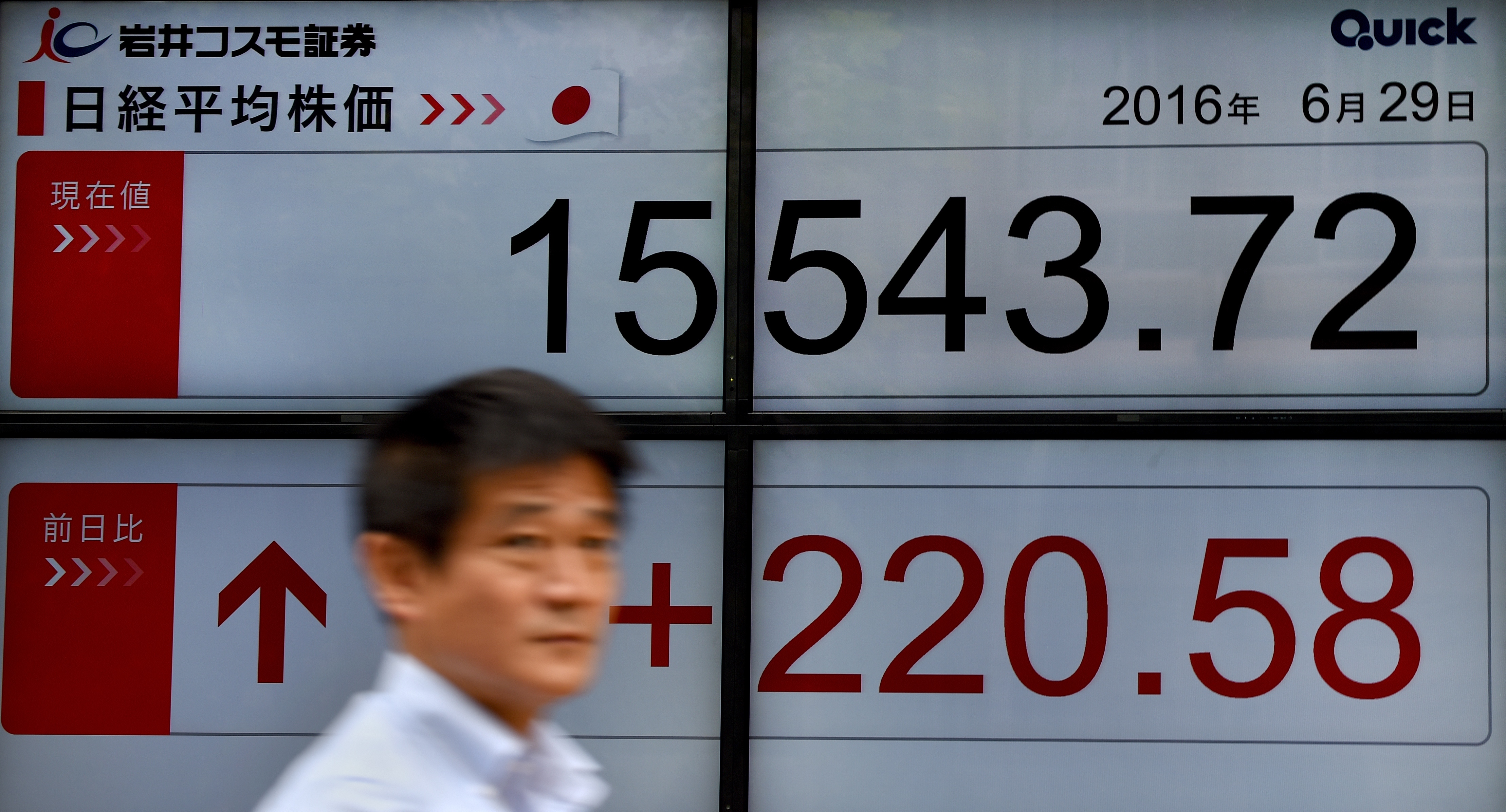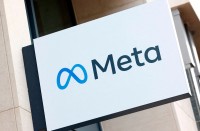
Tokyo shares rose, tracking a rally in global markets, on hopes for measures to stem the effects of Britain’s shock decision to leave the European Union. / AFP PHOTO /
TOKYO, Japan (AFP) — Japanese industrial production dived in May for the first time in three months, official data showed Thursday, in a worrying sign for the already fragile economy.
Factory output dropped 2.3 percent in May from a month earlier, much worse than the average 0.2 percent drop expected by economists, according to Bloomberg News.
The weak figures come after Japan logged a trade deficit in May, its first since January, while retail sales come in flat.
The yen’s surge in response to Britain’s vote last week to quit the European Union is also threatening Japanese firms’ profits, after the world’s number three economy dodged falling into recession in the first quarter.
“The sharp fall in industrial production in May suggests that the economy slowed in the second quarter following a solid rise in GDP in Q1,” Marcel Thieliant from research house Capital Economics said in a commentary.
Thursday’s data also come ahead of parliamentary elections next month seen as a referendum on Prime Minister Shinzo Abe’s faltering growth plan, dubbed Abenomics.
Half of the 242 seats in Japan’s upper house are up for grabs in the July 10 vote — although Abe’s premiership will not likely be contested.
Abenomics had a promising start as it sharply weakened the yen, a plus for Japan’s exporters, which set off a stock market rally. But promised reforms have been slow in coming and there are growing doubts about its prospects.
The International Monetary Fund said this month the plan needed to be “reloaded” with steps to boost wages and bring about labour reforms.
The policy blitz — a mix of massive monetary easing, government spending and red-tape slashing — is aimed at pulling Japan free from years of deflation that weighed on growth.
But consumer prices fell for a second straight month in April, with May figures on tap for Friday along with the Bank of Japan’s closely watched Tankan business confidence survey.
A poor reading will hike pressure on the central bank to unleash more easing measures to boost the economy.
“Sluggish activity adds another headwind to the Bank of Japan’s efforts to lift price pressures, and we still expect policymakers to announce more monetary stimulus at next month’s meeting,” Thieliant said.
In addition to a massive asset buying plan, the Bank of Japan in January adopted a negative interest rate policy aimed at spurring lending to help reach a two percent inflation target, a cornerstone of Abenomics.
bur-kh/pb/cah
© 1994-2016 Agence France-Presse







